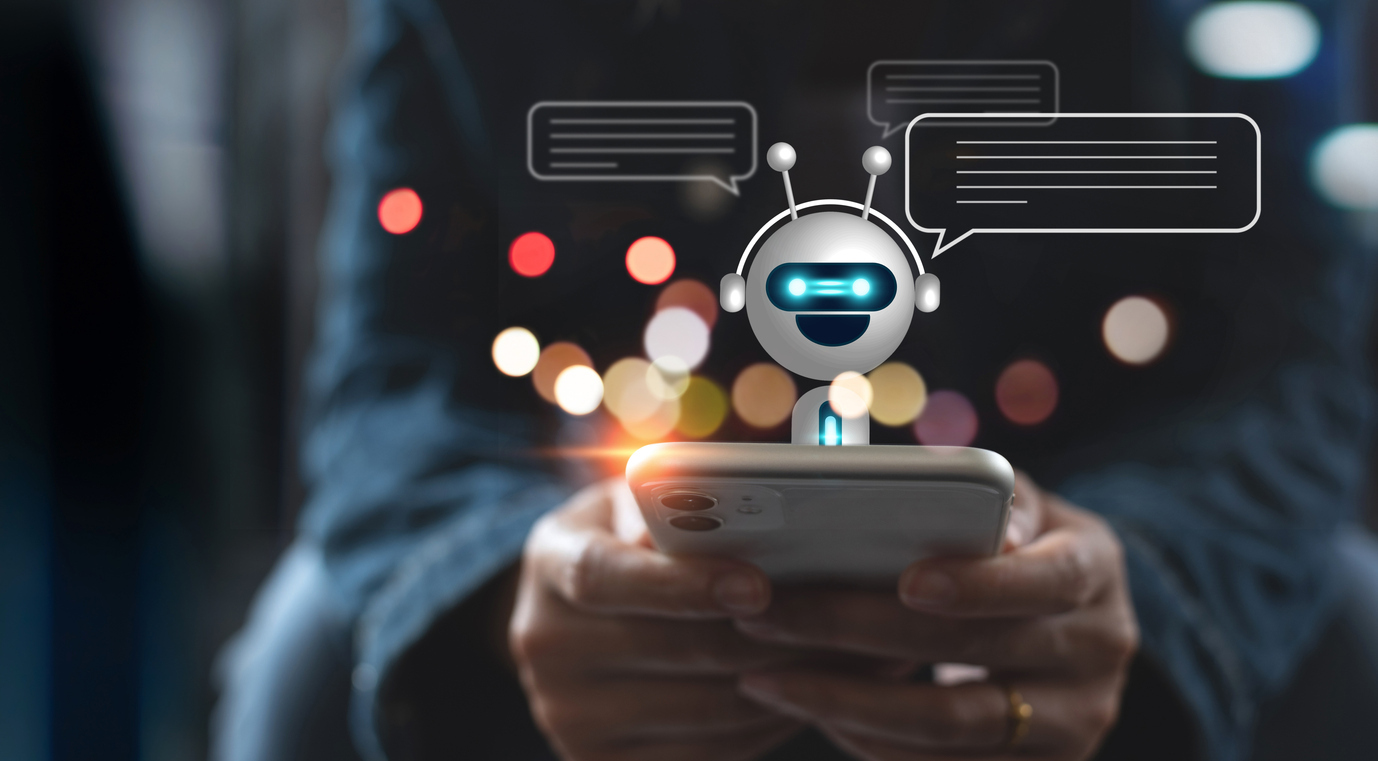AI-powered chatbots have moved far beyond simple scripts to become a critical component of modern customer engagement. For digital marketers and business owners, understanding how to leverage this technology is no longer a luxury but a necessity. The evolution from basic chatbots to sophisticated AI agents is revolutionizing how businesses interact with their customers, offering both incredible opportunities and complex challenges.
Which Chatbot Is Best?
The concept of a "best" chatbot is subjective and depends on a company’s specific goals, resources, and customer base. The ideal chatbot strikes a balance between advanced capabilities and operational reliability. Here's a breakdown of what to consider:
- For SMBs (Small to Medium-Sized Businesses): Pre-built, integration-focused platforms like Intercom Fin, Zendesk Answer Bot, and Drift are often the best choice. These solutions offer a plug-and-play experience that requires minimal coding and seamlessly integrates with existing customer relationship management (CRM) systems. Their primary strength lies in automating basic queries, reducing the burden on small support teams, and ensuring a consistent brand tone.
- For Enterprises and Innovative Startups: Companies seeking a more customized and intelligent experience are turning to generative AI agents built on models like ChatGPT or Google's Gemini. These AI-powered chatbots are capable of understanding complex, nuanced queries and generating human-like responses in real-time. Unlike older rule-based bots that are restricted to a predefined script, generative AI can handle a wider range of conversational flows, making it more flexible and scalable. However, this flexibility comes with a trade-off: a higher risk of "hallucinations" (inaccurate information) or off-brand responses, which requires vigilant monitoring and fine-tuning.
Ultimately, the best chatbot isn't about the most advanced technology; it’s about choosing a platform that aligns with your business objectives and budget, while always providing a clear path for customers to connect with a human agent when the AI reaches its limits.
How Are Chatbots Used in Customer Service?
Chatbots are now fully integrated across the entire customer journey, transforming how businesses engage with their audience from the very first touchpoint to post-purchase support.
- Lead Generation and Sales: Beyond customer service, modern chatbots act as sales qualification tools. They can engage website visitors, ask discovery questions to understand their needs, and identify qualified leads. Some AI agents can even book demos or schedule appointments for a sales team.
- Proactive Support: AI agents are no longer just reactive tools. They can use predictive analytics to anticipate a customer's needs. For example, a chatbot might proactively reach out to a customer who has been browsing a product page for a long time, offering assistance or a discount code to prevent cart abandonment.
- Data and Analytics: Every interaction a chatbot has is a valuable data point. This conversational data provides real-time insight into customer pain points, most common questions, and sentiment. Businesses can use this information to create more comprehensive knowledge bases, improve product development, and refine their marketing messages. Personalization has become the missing piece that makes chatbot interactions feel less robotic and more like a genuine customer experience.
- 24/7 Availability: Chatbots provide round-the-clock support, handling routine queries and simple transactions when human agents are offline. This ensures customers receive instant answers, which is crucial for modern consumers who expect immediate gratification.
By leveraging chatbots, businesses can improve efficiency, reduce operational costs, and create a more responsive and personalized customer experience at scale.
Can I Use ChatGPT for Customer Service?
Yes, you can use ChatGPT for customer service, and many businesses are already doing so. The key is using its underlying technology, a large language model (LLM), to power your chatbot. This can be done through direct API integration or by using platforms like Freshdesk or Intercom that have built-in generative AI capabilities.
The advantage of using a generative AI model like ChatGPT is its ability to understand context and intent. Unlike older, rule-based chatbots that follow a rigid script, a ChatGPT-powered bot can comprehend complex, natural language, making the conversation feel far more human-like. This flexibility allows it to handle unexpected queries and provide dynamic, on-the-fly responses.
However, businesses must be aware of the risks. Generative AI can sometimes "hallucinate," producing confidently stated but factually incorrect information. There's also the risk of an off-brand response if the model hasn't been properly fine-tuned with a company’s specific tone and style guides. To mitigate these risks, businesses must implement strict guardrails and closely monitor interactions to ensure accuracy and brand consistency. For any high-stakes issue, the system should always offer an immediate handoff to a human agent.
How to Set Up an AI Chatbot for Customer Service
Setting up an AI chatbot is a strategic process that requires more than just technical implementation. It involves careful planning and continuous optimization.
- Define Your Purpose: Begin by identifying a specific, high-value problem the chatbot will solve. Start with a narrow use case, such as automating frequently asked questions (FAQs) or handling simple support tickets, before expanding to more complex tasks like lead qualification or billing issues.
- Select a Platform: Choose a platform that fits your business needs. Factors to consider include integration capabilities with your existing CRM and marketing automation tools, the ability to train the chatbot with your brand's data, and a pricing model that scales with your growth.
- Train and Refine: Train your chatbot on your company's knowledge base, product documentation, and communication style guides. A crucial step is to test the chatbot with a small audience and use their feedback to identify and fix conversational gaps. This process is continuous, as you'll need to regularly update the chatbot with new information and refine its responses.
- Establish Handoff Protocols: One of the most critical steps is to define a clear and seamless path for the chatbot to escalate a conversation to a human. This handoff should be smooth, with the chatbot providing the human agent with a full transcript of the conversation to avoid the customer having to repeat themselves.
By following these steps, you can ensure the chatbot enhances your customer service rather than detracting from it.
What Are the Three Types of Chatbots?
Chatbots can be categorized into three main types, each with its own level of complexity and functionality:
- Rule-Based Bots: These are the most basic type of chatbot. They operate on a simple "if this, then that" logic. The bot's responses are pre-programmed and follow a strict decision tree. While they are cost-effective and reliable for simple tasks like answering FAQs, their conversations are rigid and can be frustrating for customers with unique or complex questions.
- AI-Powered Bots: Also known as AI agents, these chatbots use Natural Language Processing (NLP) and machine learning to understand the intent behind a customer's query. They can analyze context, sentiment, and tone to provide dynamic and personalized responses. These bots can be trained on vast amounts of data, allowing them to handle a wider range of conversations and even generate novel responses.
- Hybrid Bots: This is a combination of the two previous types. Hybrid bots start with a set of rules for common questions but can seamlessly switch to an AI-powered conversation when the query is more complex or falls outside of the script. This approach offers the reliability of a rule-based system with the flexibility of conversational AI.
The trend is undeniably moving toward more sophisticated AI-powered and hybrid solutions that can deliver a more personalized and effective customer experience.
Do Customers Really Like Chatbots?
The answer is nuanced: customers don’t necessarily dislike chatbots, but they demand an excellent experience. The modern consumer values speed and convenience above all else. A well-designed chatbot that provides instant, accurate answers to a simple question is a welcome relief for many users, particularly younger generations who have grown up with conversational AI.
However, customer frustration arises when a chatbot fails to understand their intent, forces them into a repetitive loop, or cannot resolve a complex issue. The core issue isn't a lack of a human touch; it's a lack of empathy and intelligence. A bot that can't understand the emotional context of a frustrated customer or offer a creative solution will quickly alienate them.
The most successful AI deployments treat chatbots as assistants to human teams, not replacements. They handle the thousands of low-level queries that would otherwise overwhelm support staff, freeing up human agents to focus on high-stakes, nuanced, and emotionally charged issues. Striking the right balance between automation and human connection is the real key to customer trust in the age of AI. When implemented thoughtfully, an AI chatbot can actually enhance a company's reputation for excellent customer service.
Related: Meeting Room Booking Software is the future as daily office work fades













